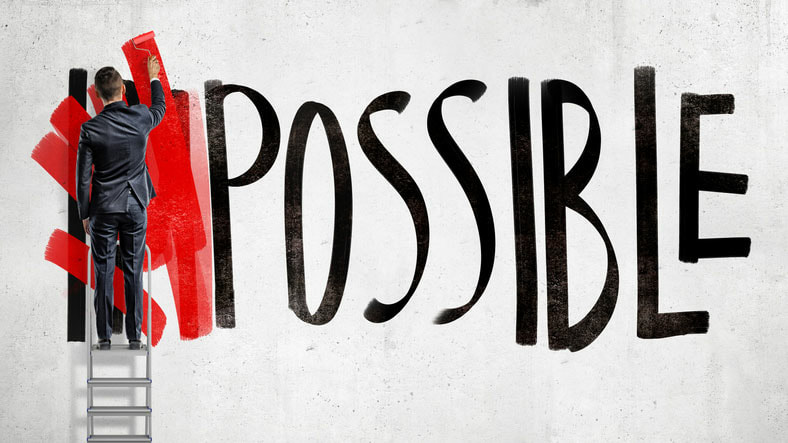|
0 Comments
The State of Enterprise Risk Management in the USA: Part III - Integrating ERM and Human Resources7/30/2020 Phil Renaud concludes this article series with a discussion of the need to build a better bridge between the HR function and risk management.Part II of our Conversation with Kevin Knight provides an inside look at how Australia and New Zealand developed the first standard for enterprise risk management known as AS/NZS 4360.Over the last 30 years, several different fields have attempted to devise frameworks to help organizations manage risk and uncertainty in a holistic way. In this article, we begin to look at the contributions from the international field of standardization which culminated in the creation of the ERM framework known as ISO 31000.Until the 1990s, few business leaders thought of risk management as something broader than the procurement and administration of corporate insurance. In this article, we discuss the challenges confronting the new field known as Enterprise Risk Management (“ERM”) since it has started to emerge over the last 30 years.David Gauntlett joins us for a conversation on the intersection of intellectual property, insurance and risk management. In Part II, David explains how insurance and IP are uncontestably married to each other.Until the 1990s, few business leaders thought of risk management as something broader than the procurement and administration of corporate insurance. In this article, we explore the origins of the new field known as Enterprise Risk Management (“ERM”) and the value of the traditional risk management community to ERM.Because few things are certain, good leaders value expertise and the process of building expert knowledge through fact-based thinking. They embrace the scientific method of gathering, evaluating and analyzing information, and then embracing collaborative review of past experiences and knowledgeable authority for use, study or refutation.Risk is a seemingly simple word that confounds most organizations when it comes to achieving strategic outcomes. We prefer the word uncertainty. Uncertainty includes strengths, not just weaknesses. Appreciating our strengths helps increase the probability and magnitude of good things happening or what we call positive risk. Doc Hall returns to our newsletter with a thought-provoking three-part essay on the risk of thinking we know the truth of things. Part II challenges us to keep improving our systems for learning. |
AuthorsLori Siwik and Mark Siwik are the founders of SandRun Risk. They apply the principles of vertical leadership and lean six sigma to the discipline of risk management. From time to time they share their blog with guest authors who write about important risk management principles. Categories
All
Archives
March 2023
Categories
All
|











 RSS Feed
RSS Feed